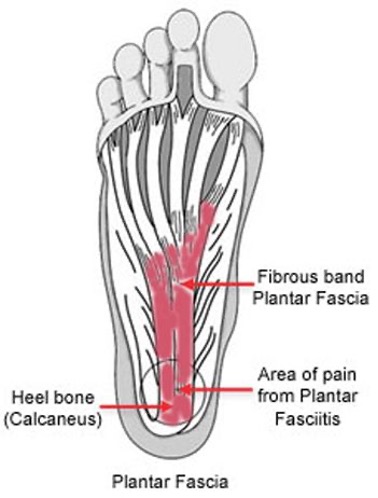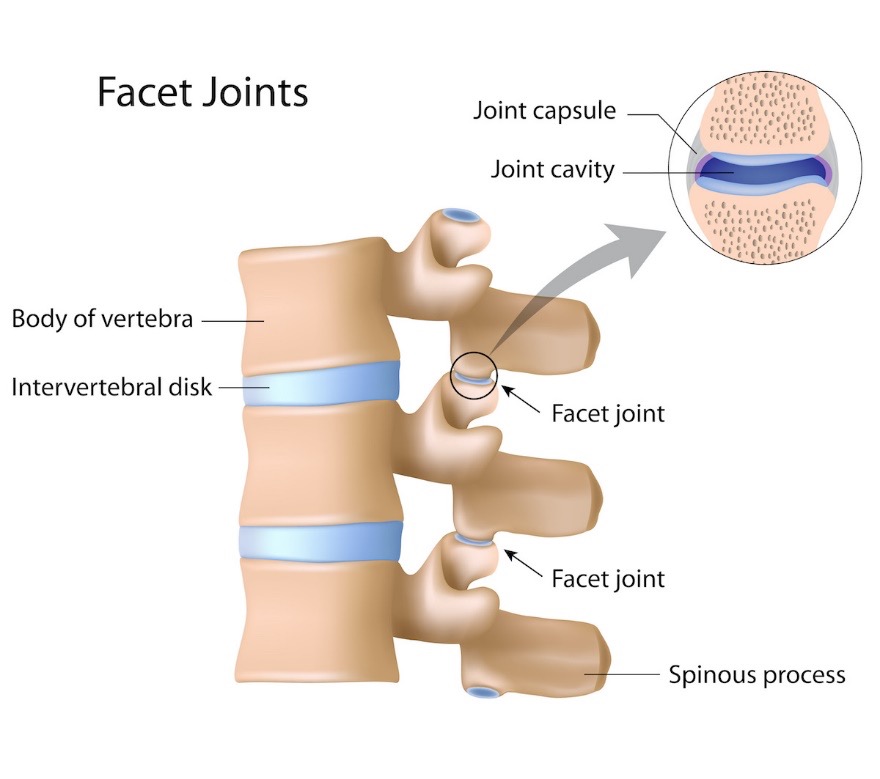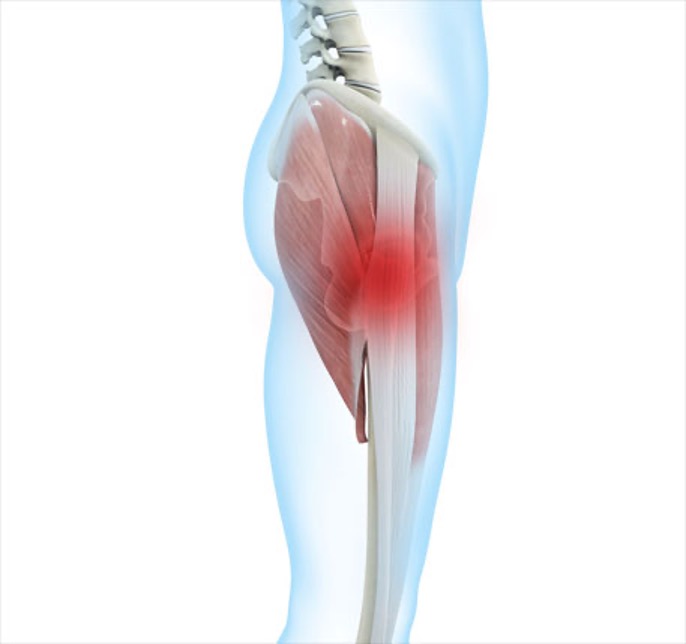Have you heard about Benign Paroxysmal Positional Vertigo or BPPV? Anyone who has experienced its awful symptoms of rocking and swaying and other strange movements of the earth around you will know all about it. It sounds scary, doesn’t it? The good news is ‘benign’ is about as good as a medical word gets. It means ‘non-life threatening’. You can take a breath.
What is BPPV?
Let’s start with vertigo. It’s not just a Hitchcock film and it’s not a “fear” of heights” – that would be acrophobia. Medically speaking, it’s that sense of movement even when you are still. It can feel like the room is spinning, making you feel dizzy and unstable on your feet. Obviously, this can be debilitating.
So, what is it? It’s called Benign Paroxysmal Positional Vertigo as it’s not likely to cause serious harm on its own. But it can cause harm if it stops you from moving, or if it stops you from enjoying life. We all know that a small thing (a bit of dizziness) left to turn into a big thing (not preparing nutritious meals because it’s too hard to stand up for long, not exercising, or not getting out there to connect with friends and family) has a big impact on life, health, and happiness. Paroxysmal just means that it comes on suddenly. So perhaps the most interesting word in the title is positional. The “benign” attacks of vertigo come on when we change position…. But why? Let’s explain.
What causes BPPV?
This is a little complex, so we’ll try and keep this simple. A maze of membranes and fluid-filled canals can be found deep inside the ear. Inside one part of this system are small calcium crystals (called ‘otoliths’) that are usually attached to a membrane (they are meant to be here). These can become detached and float into another area made up of small bony canals (they are not meant to be here!). As the crystals move into and collect inside the canals, they play havoc with the flow of fluid which gives the brain information on the movement and position of the head. As havoc ensues, incorrect info is sent to the brain and suddenly we start to experience strange sensations of movement around us that are not actually happening. This is vertigo.
What Can We Do About It?
You’ll be happy to read that this is one of those conditions that may go away on its own. If it doesn’t, there are some exercises that your physiotherapist can prescribe that are very effective. The goal here is to encourage the calcium crystals out of the canals through the movement of the neck and head into very specific positions for very specific periods of time. Once the crystals have floated away and returned to their normal place of residence, the dizziness goes away. Bingo!
You can search for these exercises online, however, but the key here is diagnosis. Depending on which canal the crystals float into (there are 3 canals altogether) determines which type of exercise you need to perform. You’ll need to perform the specific exercise that relates to the canal affected. So, the exercise simply won’t work if you don’t know which exercise fits your case. However, doing the wrong exercise isn’t dangerous, it just is unlikely to resolve your symptoms.
And this is where we come into the picture. We know, based on your symptoms, the exact assessments to perform to work out where those little crystals are playing silly with your brain. And then we can perform these exercises with you and teach you how to do them at home, so if the dreaded vertigo returns, you can get on top of it right away.
Experiencing some unpleasant symptoms? Feeling like the world is spinning around you? Call Next Generation Physiotherapy today at (08) 9203 7771 to make an appointment now.
References:
Agency for Clinical Innovation, NSW Government (April 19, 2021) Benign paroxysmal positional vertigo. [Online]. Available at https://aci.health.nsw.gov.au/networks/eci/clinical/ed-factsheets/benign-paroxysmal-positional-vertigo. Accessed on 24/01/23.
Hopkins Medical. Benign Paroxysmal Positional Vertigo (BPPV). [Online]. Available at https://www.hopkinsmedicine.org/health/conditions-and-diseases/benign-paroxysmal-positional-vertigo-bppv. Accessed on 24/01/23.
Hopkins Medical. Home Epley Manoeuvre. [Online]. Available at https://www.hopkinsmedicine.org/health/treatment-tests-and-therapies/home-epley-maneuver. Accessed on 24/01/23.




